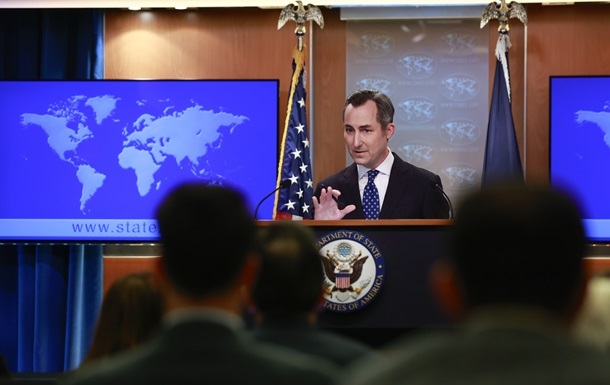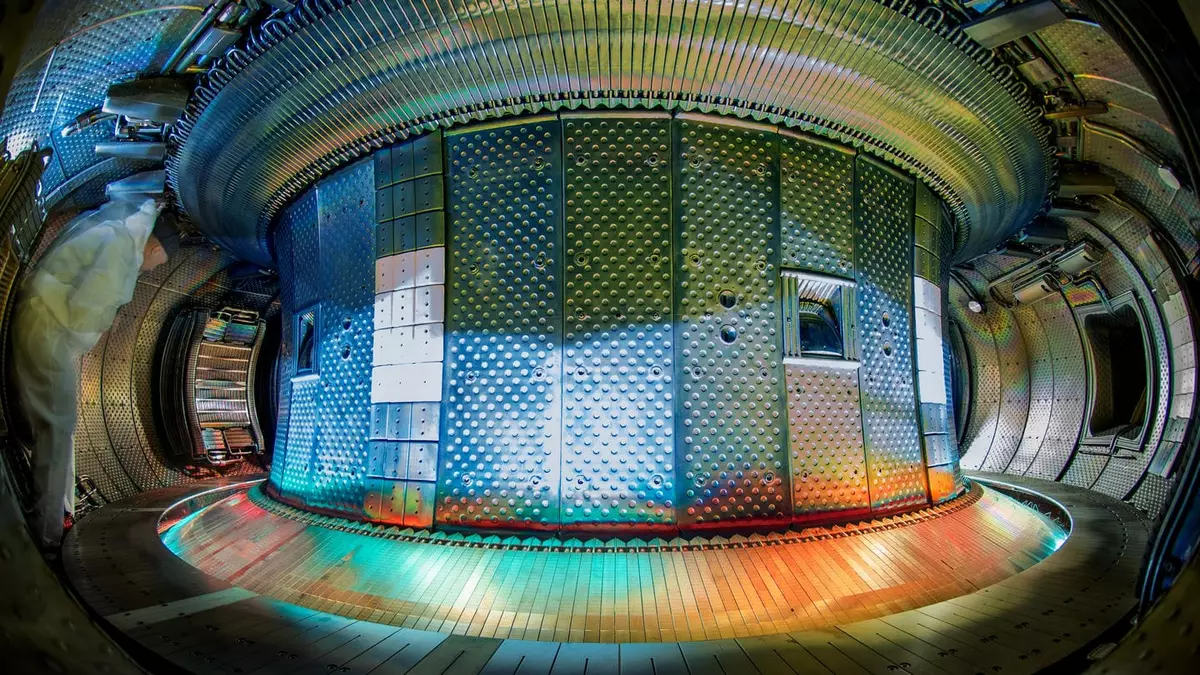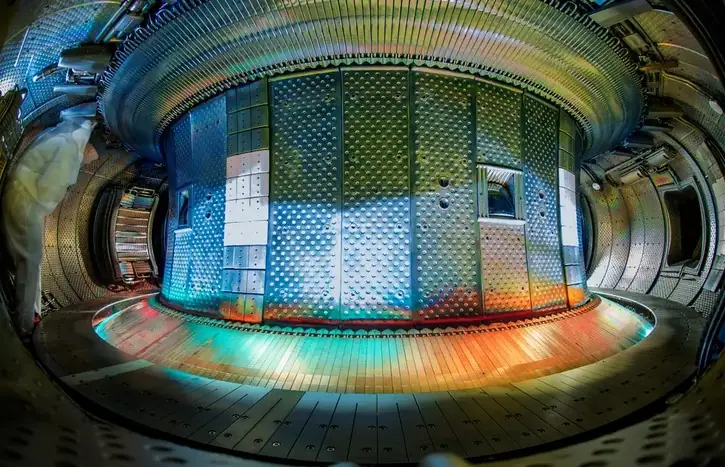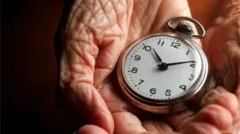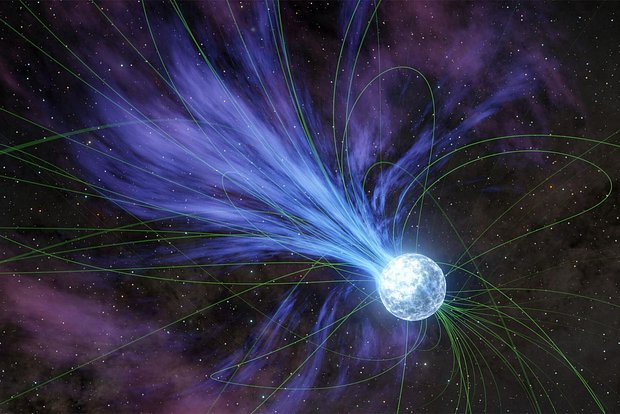Tiny, ticking atoms are the metric by which we most accurately measure the passage of time. As they hang in complex, ultracold magnetic webs, we probe them with lasers to measure their back-and-forth oscillations.

However, the very process of measurement can cause the atomic clock to begin to break down. Lasers heat the atoms, and they fly out into the void. A quantum phenomenon called superradiation, physicists have discovered, can solve this problem – making the most accurate clock on Earth even more accurate.
"Because atoms constantly need to be replaced by fresh new atoms while new atoms are being prepared, the clock loses time very little," explains physicist Eliot Bohr, formerly of the University of Copenhagen and now at Colorado State University.
"So we're trying to overcome some of the current problems and limitations of the world's best atomic clocks, in particular by reusing atoms so they don't have to be replaced as often."
An atomic clock, as you can probably imagine, is a complicated machine to build. You need to take a group of atoms – in this case strontium, although cesium and ytterbium are also popular – and subject them to certain conditions to hold them in place and measure their oscillations.
Strontium atoms are obtained in a hot furnace, which heats solid strontium until vapor is formed. These atoms are ejected from the furnace, then slowed and cooled to an extremely low temperature of -273 degrees Celsius, just a fraction above absolute zero, in a vacuum chamber to which the team added two mirrors, creating a so-called optical cavity that allows only certain patterns of light to be reflected back and forth.
"When the atoms enter the vacuum chamber, they lie absolutely still because it is very cold there, which allows us to register their vibrations with the help of two mirrors at opposite ends of the chamber," Bohr explains.
Now atomic clocks are already very accurate. The most accurate of these, announced just a month ago in a preprint, is a strontium clock that can run for 40 billion years without losing time.
You might think that increasing accuracy is gilding the lily, but precise timing is actually extremely useful for applications such as measuring the physical world, navigation, tests of the theory of relativity.
Therefore, Bohr and his colleagues wanted to find a way to create an atomic clock that did not lose atoms, and for this they used superradiation. This is when a group of excited atoms synchronize the separation of their charges, collectively emitting a short, intense pulse of light so neatly aligned that it can be measured with great precision.
"Mirrors make atoms behave as a whole. Together, they emit a powerful light signal that we can use to read the atomic state, which is a crucial step in measuring time,” says Bohr.
"This method minimally heats the atoms, so everything happens without swapping atoms, and this has the potential to make it a more accurate method of measurement."
At the moment, the team's experimental developments are at the proof-of-concept stage. Their work shows that it is possible; now it needs to be developed and improved in order to push chronometry in a new, ultra-precise direction.
"Our scheme is an innovative approach to reading the atomic state, characterized by speed, simplicity and highly directed emission of signal photons," the researchers write in their paper.
"The immediate advantages of our scheme can be applied to any quantum sensor based on the readout of the quantum state population difference."


 87
87
